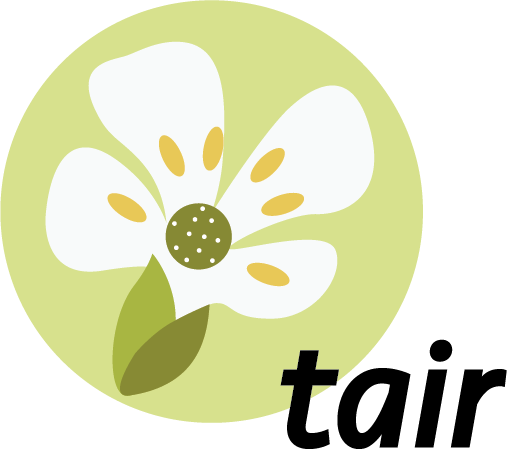
About population
The B. napus population in database comprises 2,311 B. napus accessions, including 1,259 from Asia, 929 from Europe, 60 from North America, two from South America, 38 from Oceania and four from Africa. Three ecotypes, including spring (354 accessions), winter (756 accessions) and semi-winter (1,122 accessions), were included in the population. "Unknown" indicates that the ecotype or origin of the accession is unknown in previous reports[1-4].
To explore the candidate regions potentially effected by selection, nucleotide diversity (π) and population fixation statistics (FST) were calculated, respectively. π was calculated with expected heterozygosity per site derived from the average number of sequence differences in three subpopulations (winter, spring and semi-winter) with VCFtools (v0.1.13) in a 500-kb sliding window with a step size of 50 kb[5]. FST, which indicates genomic differentiation between populations, was calculated for each pair of subpopulations using VCFtools (v0.1.13) in a same windows size as that of π. The outlier of FST were determined as windows with the top 5% of FST values, indicating divergent selection of the regions. To explore the selection pressure of genes in B. napus genome during domestication, Ka, Ks and Ka/Ks ratio were calculated for orthologous gene pairs of B. napus and its ancestors, B. rapa and B. oleracea, with Ka/Ks_ Calculator [6](v 2.0). Selection signals were calculated based on ZS11 and Darmor-bzh reference genome, respectively.
Tutorials for each sub-module
References
- Song JM, Guan Z, Hu J, Guo C, Yang Z, Wang S, et al. Eight high-quality genomes reveal pan-genome architecture and ecotype differentiation of Brassica napus. Nat Plants. 2020; 6:34-45.
- Wu D, Liang Z, Yan T, Xu Y, Xuan L, Tang J, et al. Whole-genome resequencing of a worldwide collection of rapeseed accessions reveals the genetic basis of ecotype divergence. Mol Plant. 2019; 12:30-43.
- Lu K, Wei L, Li X, Wang Y, Wu J, Liu M, et al. Whole-genome resequencing reveals Brassica napus origin and genetic loci involved in its improvement. Nat Commun. 2019; 10:1154.
- Tang S, Zhao H, Lu S, Yu L, Zhang G, Zhang Y, et al. Genome- and transcriptome-wide association studies provide insights into the genetic basis of natural variation of seed oil content in Brassica napus. Mol Plant. 2021; 14:470-487.
- Danecek P, Auton A, Abecasis G, Albers CA, Banks E, DePristo MA, et al. The variant call format and VCFtools. Bioinformatics. 2011; 27:2156-2158.
- Wang D, Zhang Y, Zhang Z, Zhu J, Yu J. KaKs_Calculator 2.0: a toolkit incorporating gamma-series methods and sliding window strategies. Genomics Proteomics Bioinformatics. 2010; 8:77-80.




